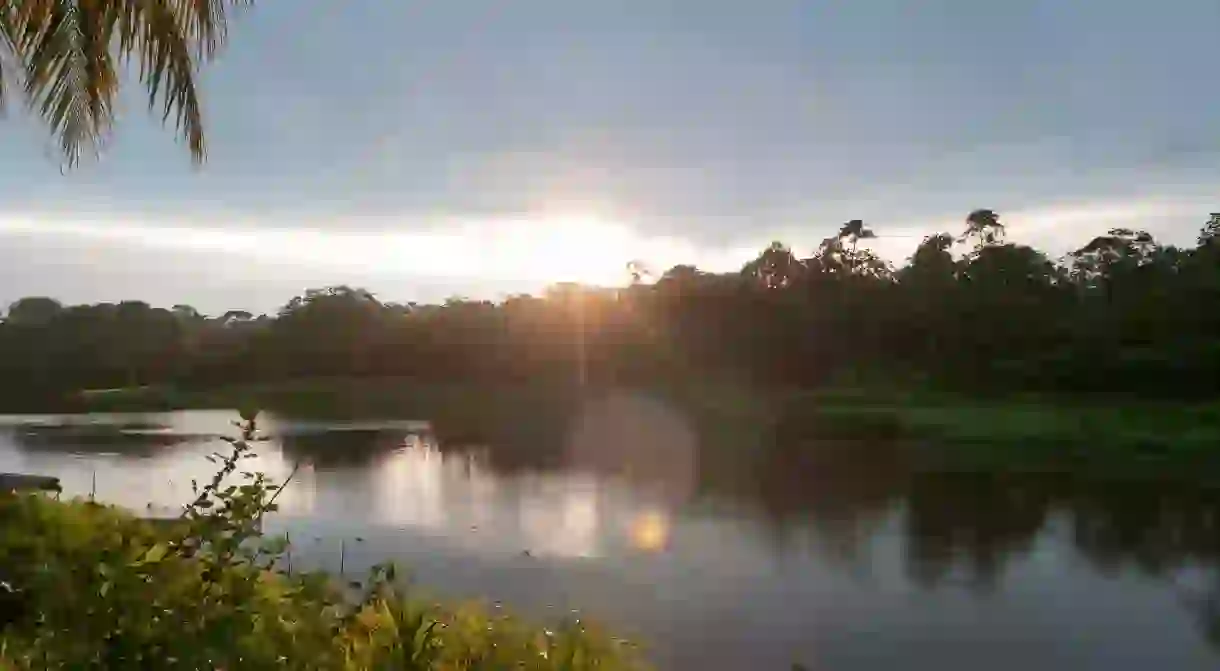The Best Time to Visit Peru

While you can certainly visit Peru during any time of the year – there really isn’t a bad time to go – certain seasons will offer different scenery, options, and of course weather. Peru has a lot of different ecosystems, so there is no consensus on the best times to go, just differences in each region throughout the year. Whether you want a dry Amazon and Cusco, or a sunny Lima, it is all here in our guide to help you plan your perfect trip.
The North
Peru’s entire coastline is cold, except for the very north of the country. The combination of warmer waters (about 68–70°F (20–21°C) here, and even warmer in the summer) and constant sun has drawn armies of tourists and Peruvians to this sunny desert coastline. Surf, sun and endless entertainment keeps everyone coming back again and again.
Best time: FromDecember to March, when it gets hotter, the water gets even warmer, and there is a constant north swell coming into the beach.
Worst time: There really isn’t a bad time, because there is always sun, but in the winter there is smaller and less frequent surf.
Lima
Lima, when visited during the right season, can be a beautiful city. The sun adds an extra sparkle for even more spectacular pictures of Peru’s colonial buildings in its historic center, and when it’s hot you can even go to the few non-rocky beaches. The thing is, those rare moments are few and far between. You’ll most likely end up visiting Lima during the wrong season, because it’ll be the best time to visit Machu Picchu, Cusco, and the Inca Trail. This time of year, which is Peru’s winter, is an ugly one for Lima, and this is the time of year that it truly earns its name Lima la gris (“Lima the grey”). When you stop in Lima before heading to Cusco, you’ll be welcomed with depressing grey clouds that cling to the city for the entire season.
Best time: From December to March; this is when you’ll catch Lima at its best, when it’s warm and has plenty of sunshine.
Worst time: Any time that isn’t the summer.

The Amazon
Conditions along the Amazon River in Peru divide into two seasons: a high-water season from December through May, and a low-water season that lasts from June until November. In fact, despite being the “rainy” season, during the high-water months, the Amazon only gets about 10% more rain than in the low-water season.
High-Water Season on the Amazon: December to May
Peru’s rainy season runs from December through May, which is summer and autumn in the Southern Hemisphere. It is relatively cooler during this time, and it’s the season when the Amazon region receives 60% of its total annual rainfall. With fuller rivers, you’ll have more areas to get to by boat, but that means less places that you can walk.
Low-Water Season on the Amazon: June to November
Low-water season in Amazonia is winter in the Southern Hemisphere, from June to November. This is the warmer season in the Amazon River region, with temperatures averaging about 98°F (37°C). Low-water season is a bit of a misnomer, because there is still a lot of rain –it is a rainforest for a reason. However, with a little less rainfall, you’ll be able to access trails that would be flooded in the wet season.

Cusco
Winter in Cusco is by far the best time to visit, but, of course, it is also the busiest season in Cusco. During the winter and the dry months from May to October (especially June, July, and August) prices will likely be higher for lodging and other arrangements.
Best time: May to October (especially June, July, and August).
Worst time: The wet season, from November to April.

Inca Trail
Because of heavy rainfall, the Inca Trail is closed during February.













